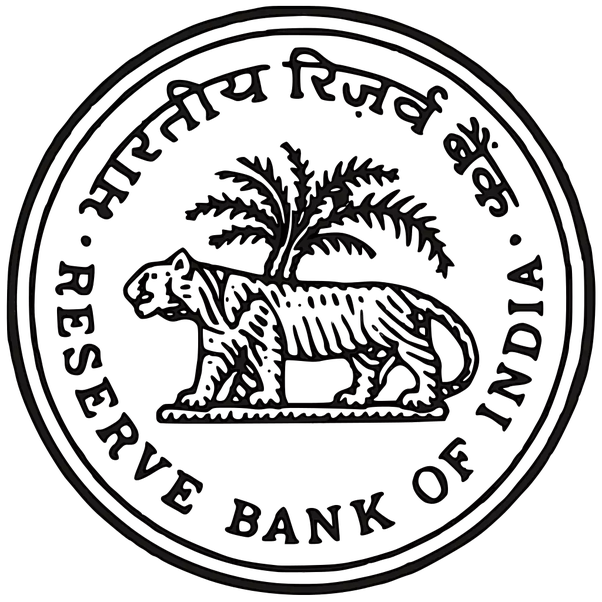Provisioning for Standard assets by Non-Banking Financial Company (NBFC) – Upper Layer
Please refer to the circular DOR.CRE.REC.No.60/03.10.001/2021-22 dated October 22, 2021 on “Scale Based Regulation (SBR): A Revised Regulatory Framework for NBFCs” wherein it was inter alia mentioned that RBI would issue guidelines on differential provisioning to be held by NBFCs classified as NBFC-Upper Layer (NBFC-UL) towards different classes of standard assets.
- Accordingly, it has been decided that NBFCs classified as NBFC-UL shall maintain provisions in respect of ‘standard’ assets at the following rates for the funded amount outstanding:
| Category of Assets | Rate of Provision |
| Individual housing loans and loans to Small and Micro Enterprises (SMEs) | 0.25 per cent |
| Housing loans extended at teaser rates | 2.00 per cent, which will decrease to 0.40 per cent after 1 year from the date on which the rates are reset at higher rates (if the accounts remain ‘standard’) |
| Advances to Commercial Real Estate Residential Housing (CRE – RH) Sector | 0.75 per cent |
| Advances to Commercial Real Estate (CRE) Sector (other than CRE-RH) | 1.00 per cent |
| Restructured advances | As stipulated in the applicable prudential norms for restructuring of advances |
| All other loans and advances not included above, including loans to Medium Enterprises | 0.40 per cent |
- Current credit exposures arising on account of the permitted derivative transactions shall also attract provisioning requirement as applicable to the loan assets in the ‘standard’ category, of the concerned counterparties. All conditions applicable for treatment of the provisions for standard assets would also apply to the aforesaid provisions for permitted derivative transactions.
- Since NBFCs with net worth of Rs. 250 crore or above are required to comply with Indian Accounting Standards (Ind AS) for the preparation of their financial statements, they shall continue to hold impairment allowances as required under Ind AS, subject to the prudential floor as prescribed under Paragraph 2 of the Annex to the circular DOR (NBFC).CC.PD.No.109/22.10.106/2019-20 dated March 13, 2020. The above-mentioned provisions shall, however, be included in the computation of the prudential floor, but shall not be reckoned for calculating net NPAs.
- For the purpose of these instructions, the following definitions / clarifications shall apply:
a) The definition of the terms Micro Enterprises, Small Enterprises, and Medium Enterprises shall be as per the circular FIDD.MSME & NFS.BC.No.3/06.02.31/2020-21 dated July 2, 2020 on ‘Credit flow to Micro, Small and Medium Enterprises Sector’ as updated from time to time.
b) Commercial Real Estate (CRE) would consist of loans to builders/ developers/ others for creation/acquisition of commercial real estate (such as office building, retail space, multi-purpose commercial premises, multi- tenanted commercial premises, industrialor warehouse space, hotels, land acquisition, development and construction etc.) where the prospects for repayment, or recovery in case of default, would depend primarily on the cash flows generated by the asset by way of lease/rental payments, sale etc. Further, loans for third dwelling unit onwards to an individual will be treated as CRE exposure.
c) Commercial Real Estate – Residential Housing (CRE–RH) is a sub-category of CRE that consist of loans to builders/ developers for residential housing projects (except for captive consumption). Such projects should ordinarily not include non-residential commercial real estate. However integrated housing project comprising of some commercial spaces (e.g. shopping complex, school etc.) can also be specified under CRE-RH, provided that the commercial area in the residential housing project does not exceed 10 per cent of the total Floor Space Index (FSI) of the project. In case the FSI of the commercial area in the predominantly residential housing complex exceed the ceiling of 10 per cent, the entire loan should be classified as CRE and not CRE-RH.
d) Housing loans extended at teaser rates shall mean housing loans having comparatively lower rates of interest in the first few years after which the rates of interest are reset at higher rates.
e) Current credit exposure is defined as the sum of the gross positive mark-to-market value of all derivative contracts with respect to a single counterparty, without adjusting against any negative marked-to-market values of contracts with the same counterparty. - These guidelines shall be effective from October 1, 2022.
Read More on RBI

